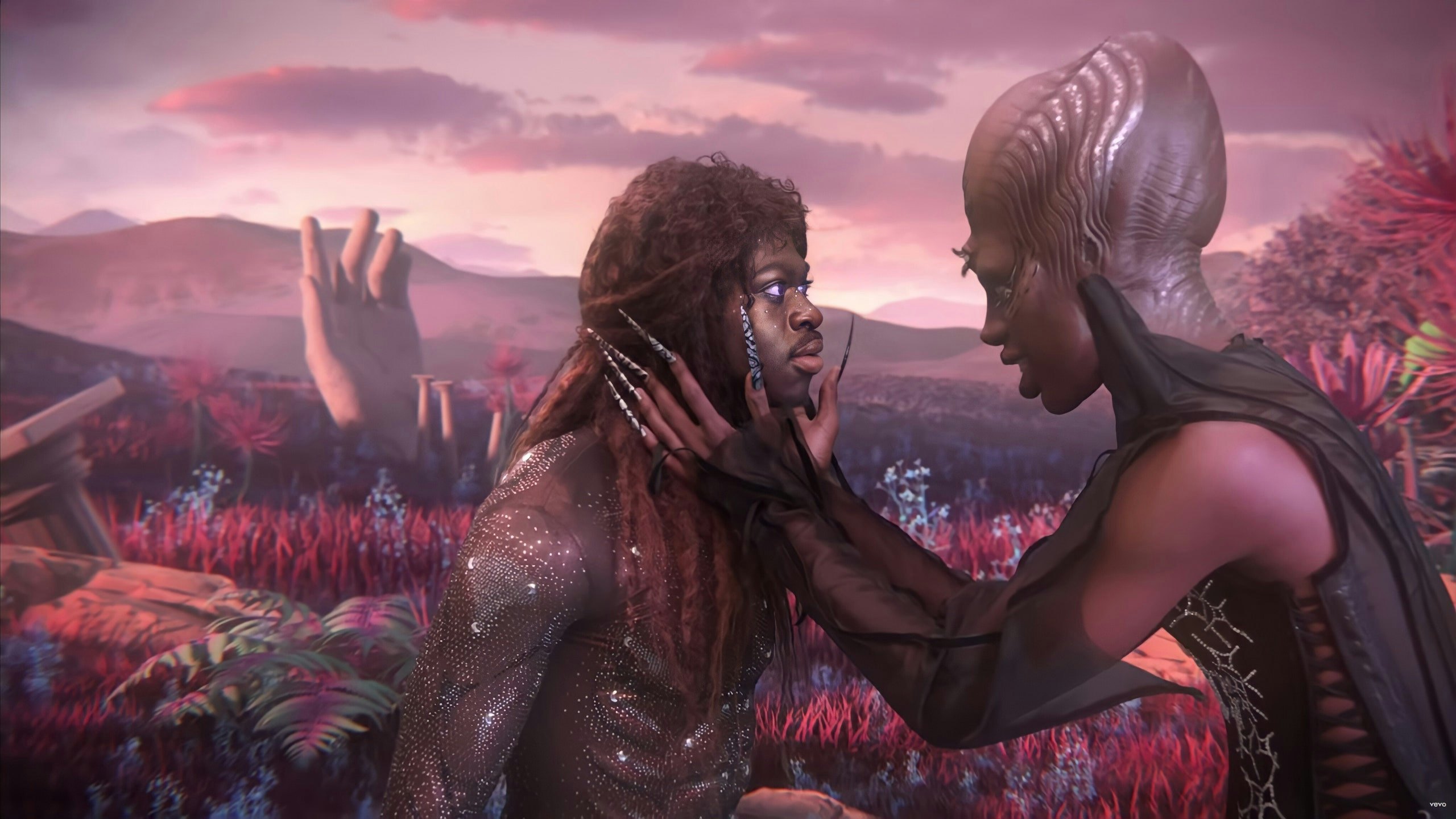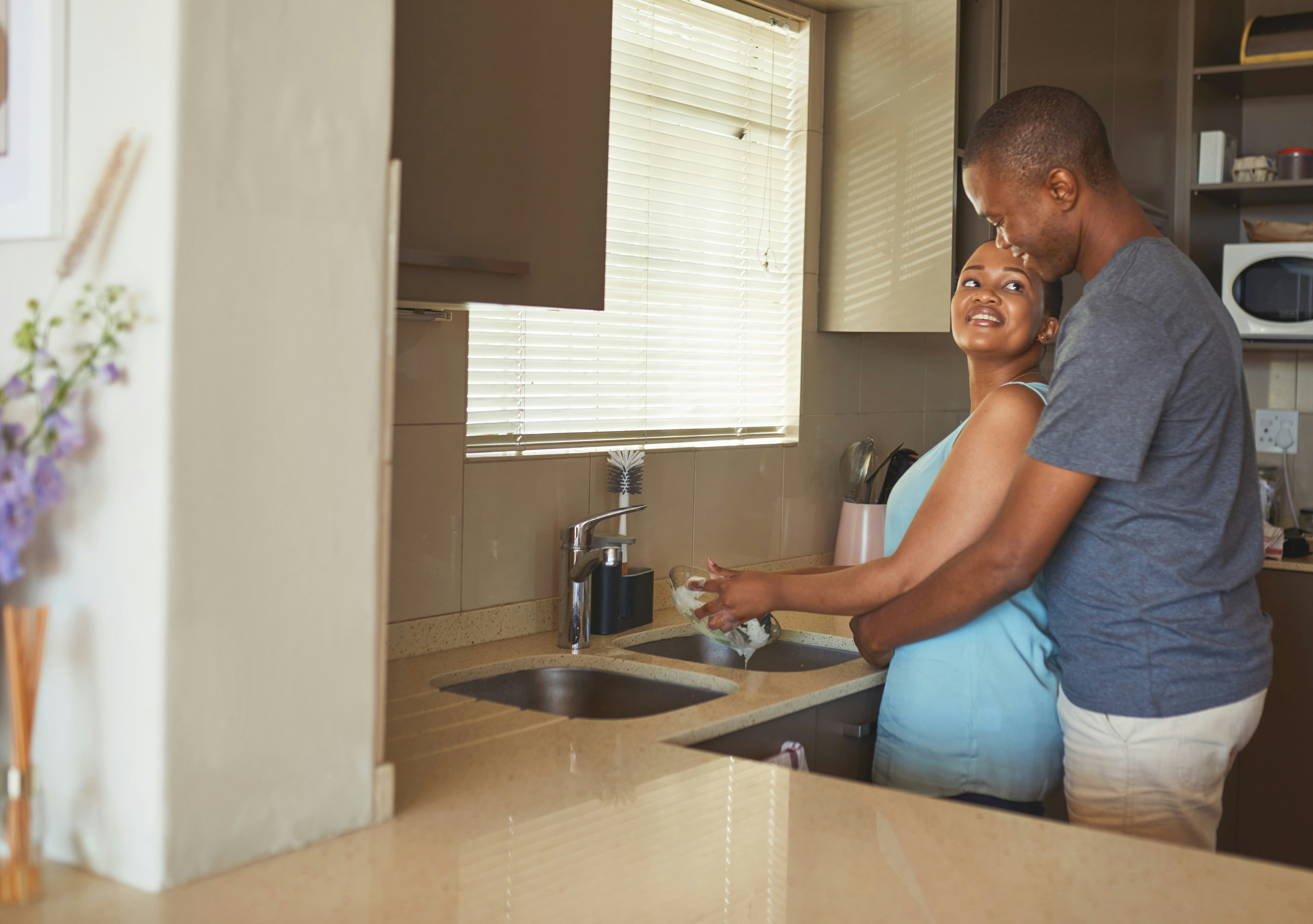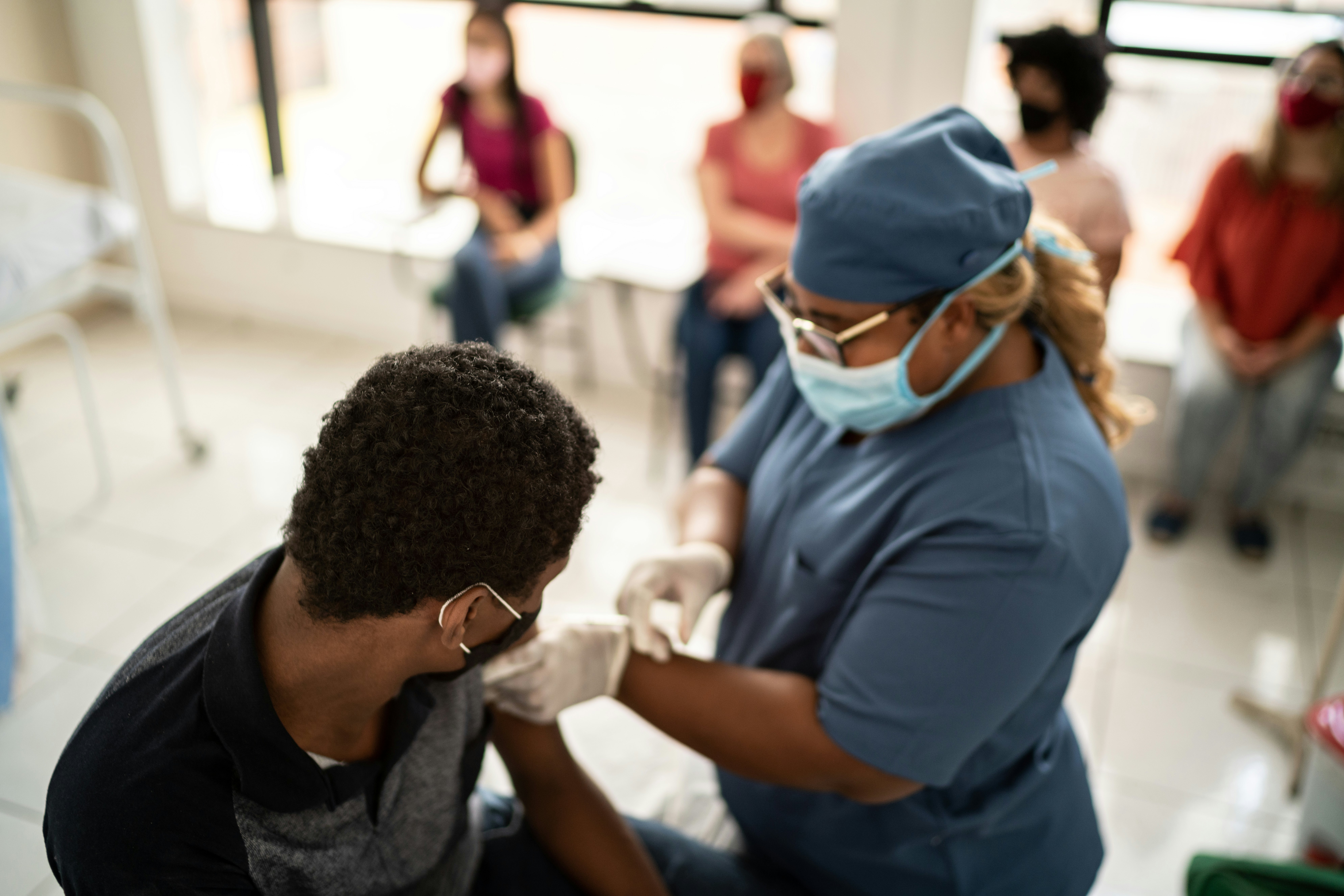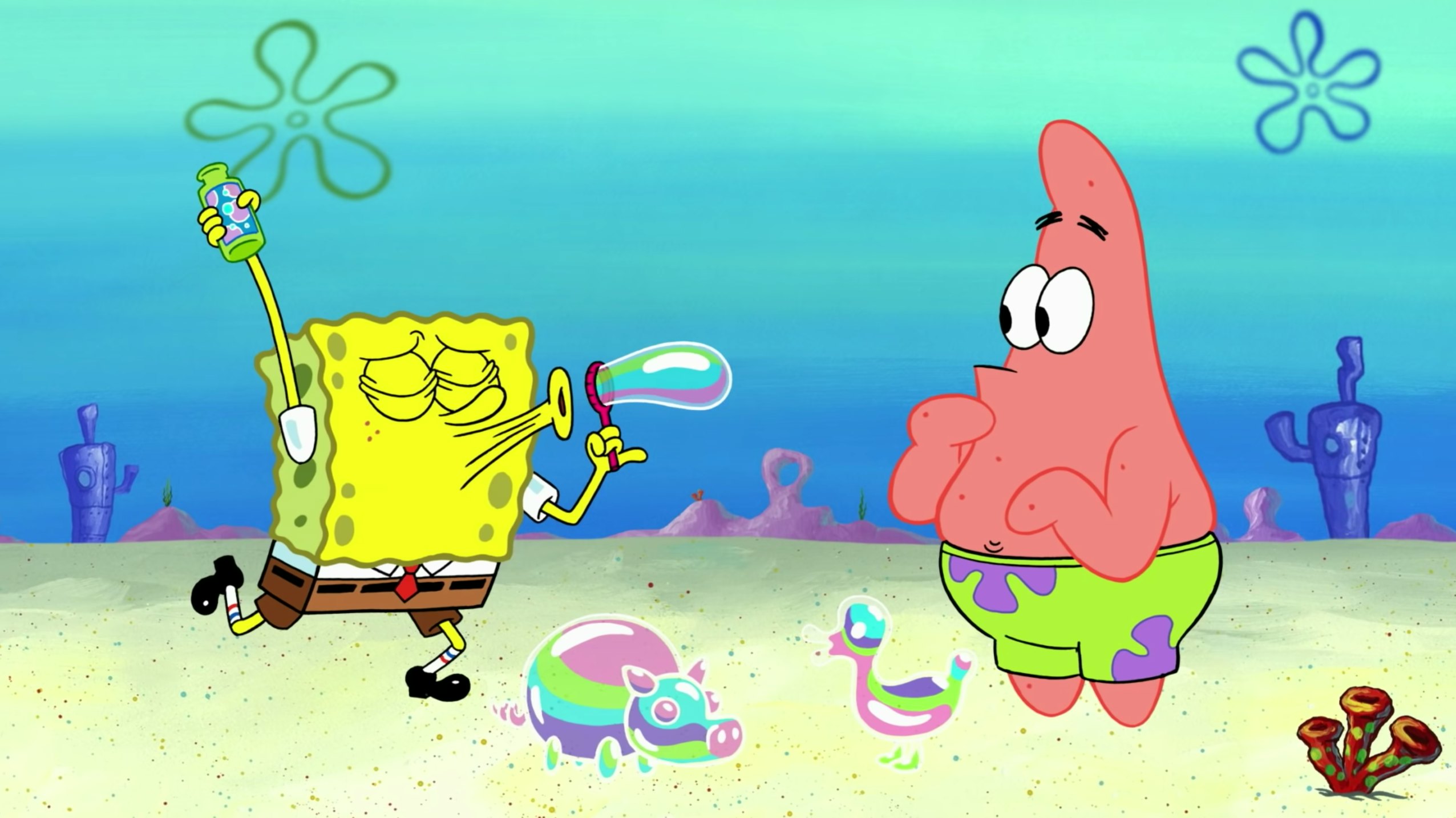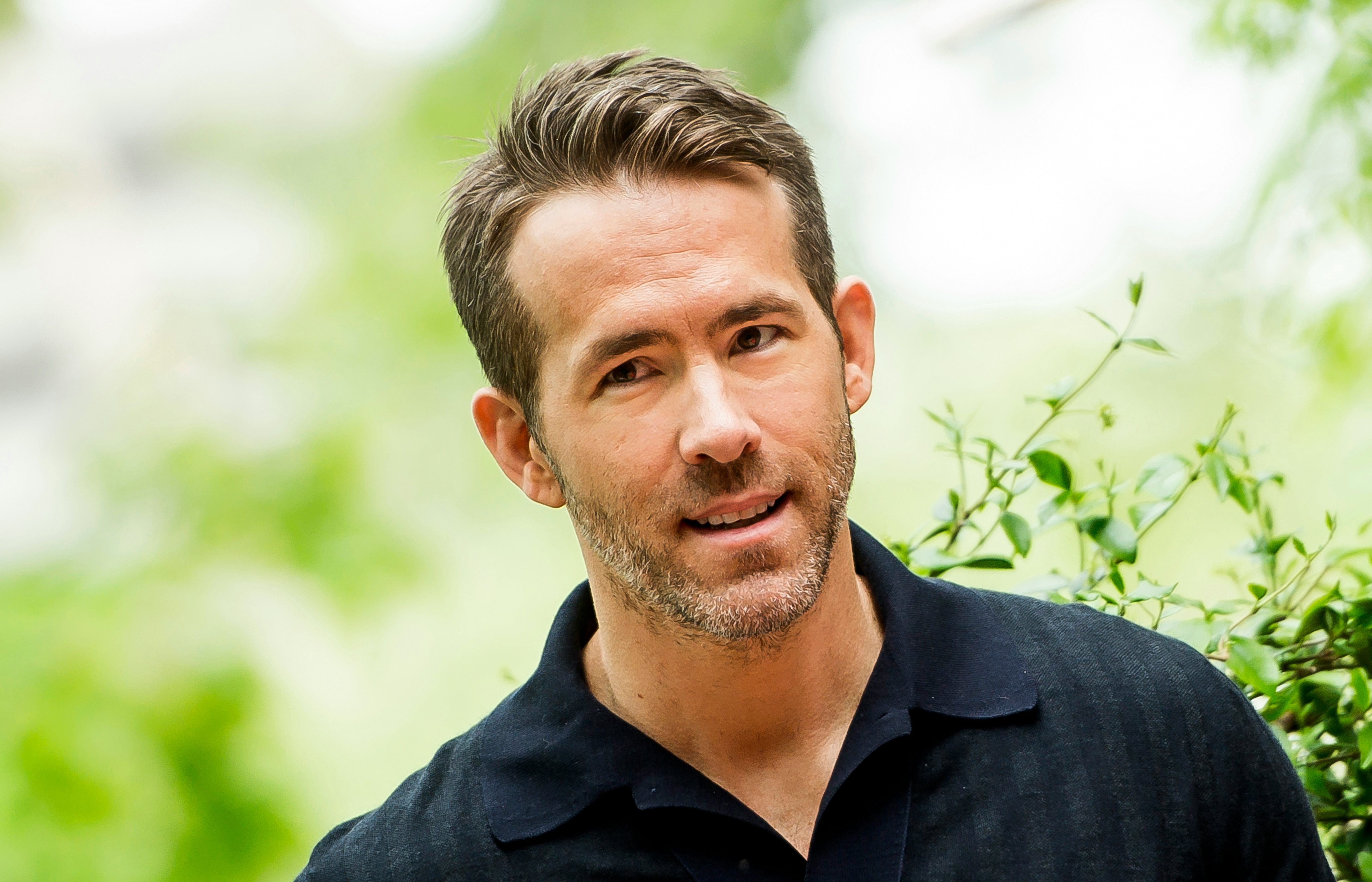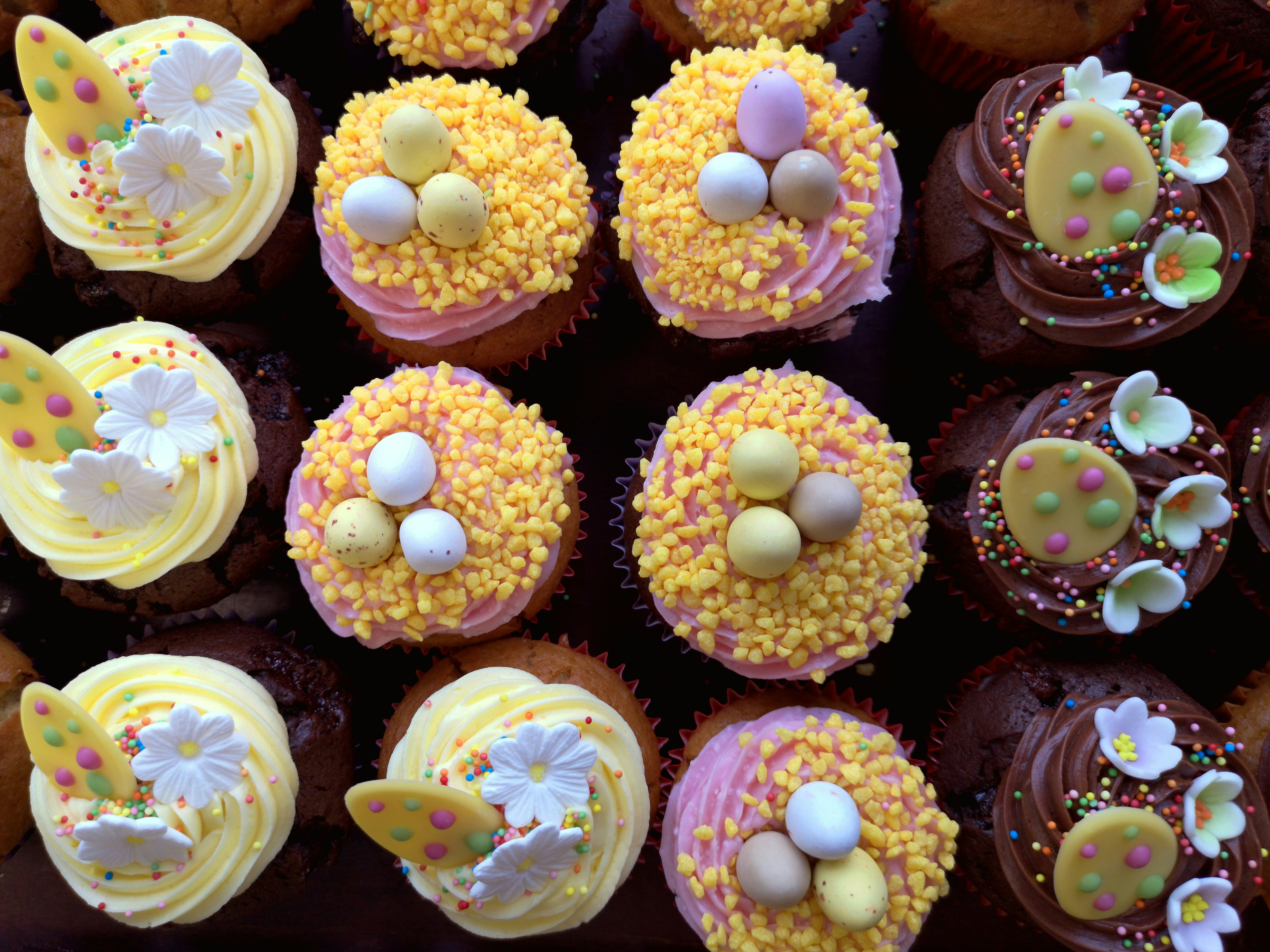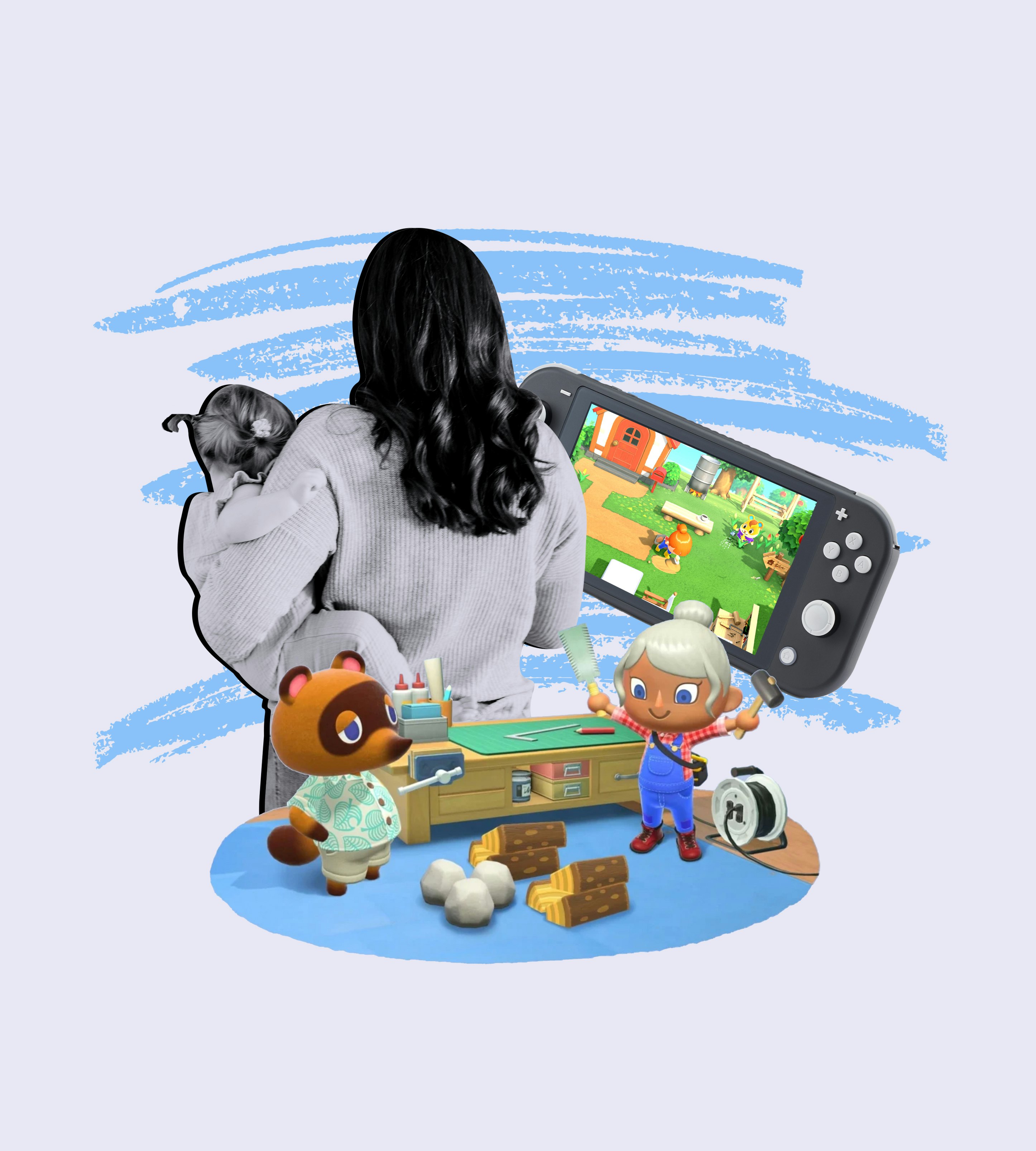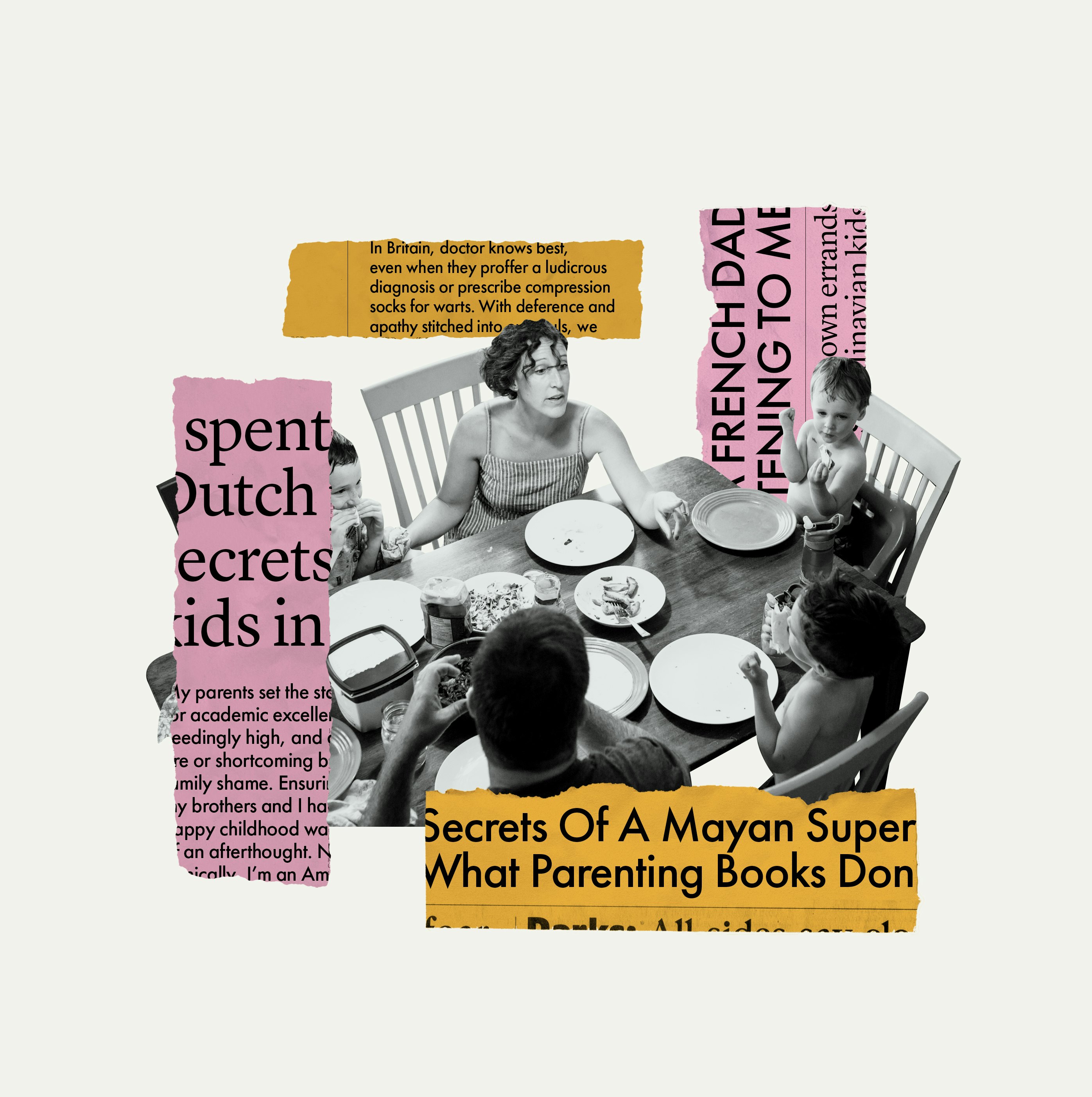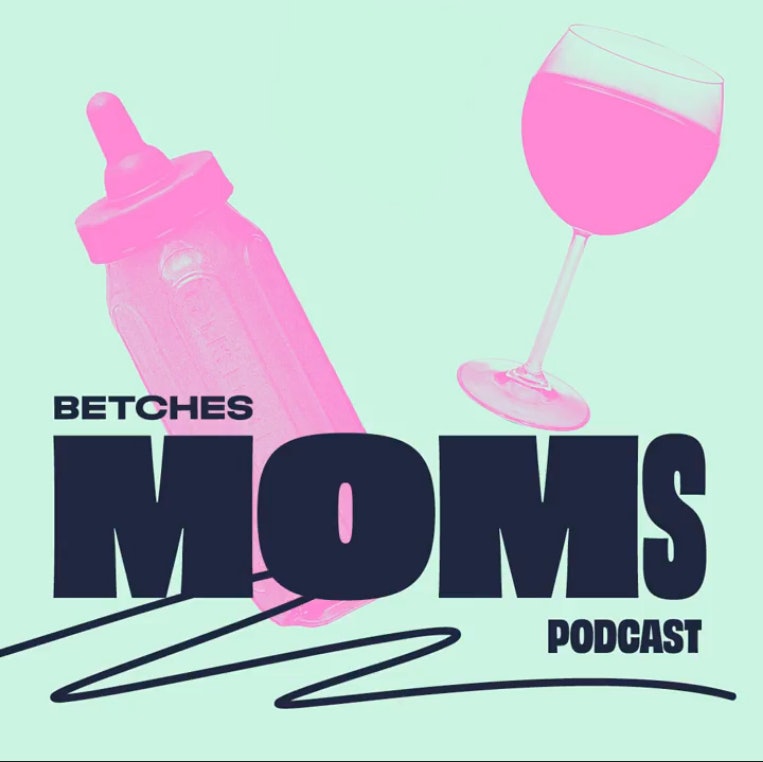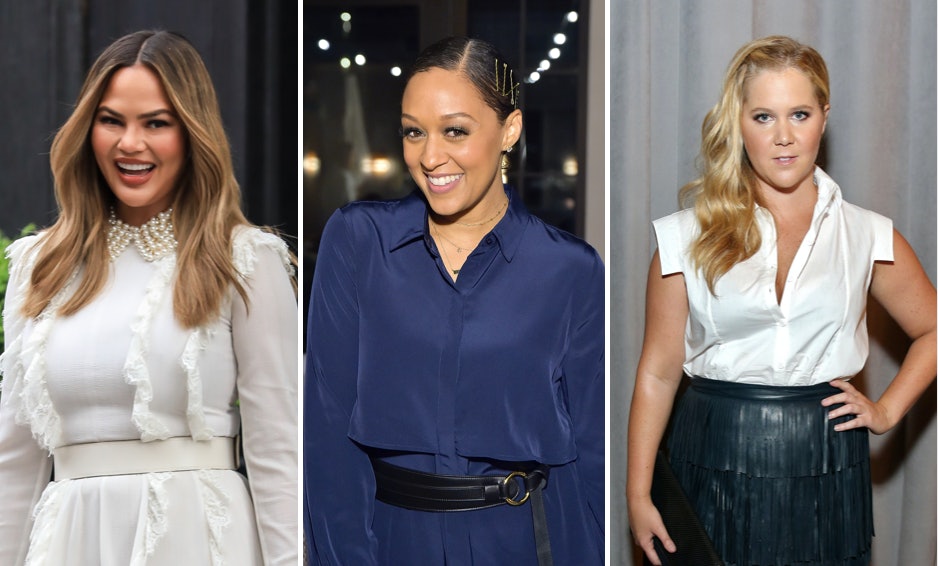
More than 6 million women in the United States live with endometriosis, a common yet painful disorder that causes tissue to grow outside the uterus. Symptoms like heavy menstrual flow and pelvic pains aren’t always immediately recognized and many women go years without the support and treatment they need, which is why it’s more and more celebrity moms have opened up about their endometriosis to help bring more awareness.
Across the world, National Endometriosis Awareness Month has been recognized in March since 1993. “This illness is challenging for so many reasons, but feeling isolated can be particularly overwhelming. Often we are the only person in our circle with endo, and we find ourselves having to advocate in every setting, including the doctor's office,” the Endometriosis Foundation of America explains. “Endometriosis Awareness Month is the chance to grow our support networks, share information, and be open about the battle we fight every day.”
From Tia Mowry-Hardict to Amy Schumer, celebrity moms are helping do just that. They’re sharing their personal experiences that shed light on bigger problems like how Black women and women of color are more likely to be misdiagnosed. According to a study published in 2019 by the American Journal of Obstetrics and Gynecology, 40% of African American women were mistakenly diagnosed with pelvic inflammatory disease (PIV), even though they had endometriosis.
There is no cure for endometriosis and treatment depends on each woman's needs. And over the years, celebs have shared their experiences with the disorder and are using their platforms to help raise awareness.
Tia Mowry-Hardict
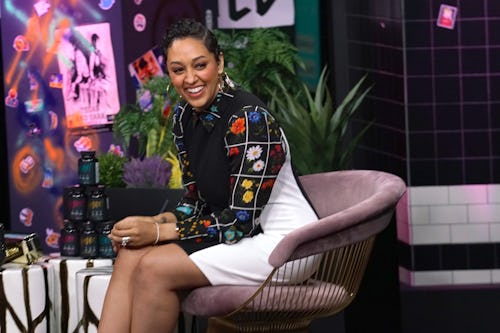
The 42-year-old actress was diagnosed with endometriosis over a decade ago. In an interview with Romper, she shared that after being misdiagnosed for years, it was a Black female gynecologist who finally identified the problem. "She knew right away," she said. "She was the first one to diagnose me. And she was also the first one to lead me in the right direction when it came to my treatments."
With the help of surgery and a significant lifestyle change, Mowry-Hardict was ultimately able to welcome her son Cree in 2011 and daughter Cairo in 2019. The actress uses her story to promote well-being among women, specifically women of color, through her multivitamin brand called Anser.
Monica
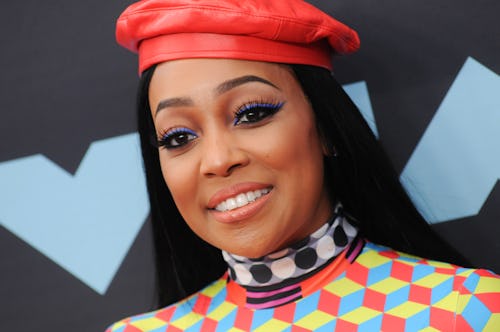
In May 2017, the R&B singer had surgery to treat her endometriosis. The "So Gone" singer and mother of three shared in an Instagram post that has since been deleted, according to People, that had she had "two cysts, fibroids, and a hernia" removed, which were making her "very sick."
“My reason for sharing is because we, as women, are built to be warriors and we will ignore something that seems so simple that can be so complex,” she told People at the time. “Your uterine health is very important. I spoke up about it so people out there who are going through the same thing know that they’re not alone.”
Chrissy Teigen

In February 2021, the mom of two and John Legend's better half underwent surgery to treat her endometriosis and shared a video of her scar on Twitter. The surgery occurred shortly after the couple tragically lost their son, Jack, at 20 weeks gestation.
Days leading up to the surgery, Teigen shared that she was feeling a kicking sensation in her stomach. "I truly feel kicks in my belly, but it's not phantom. I have surgery for endometriosis tomorrow...but the period feeling this month is exactly like baby kicks. sigh," she tweeted in February.
While Teigen didn’t share the exact reason she felt the kicking sensation, Dr. Tamer Seckin of Seckin MD Endometriosis Center in New York explains on his website that the feeling is often a symptom associated with "endo belly." The term describes bloating and cramping symptoms of endometriosis.
Emma Roberts

The 30-year-old American Horror Story actress revealed that her endometriosis diagnosis led her to freeze her eggs. Roberts told Cosmopolitan in a November 2020 interview that the diagnosis changed her life and shared that she had been unknowingly dealing with the disorder since she was a teenager.
Through it all, however, there is a happy ending: Roberts gave birth to her first child with her boyfriend, Garrett Hedlund, in January. The couple welcomed a son, whom they named Rhodes and Roberts has called her "bright light."
Halsey

Halsey's endometriosis journey has been a rough one. In 2017, Halsey, whose real name is Ashley Nicolette Frangipane, underwent several surgeries and froze her eggs to protect her fertility. The following year, in 2018, she suffered a miscarriage and at one point, started to doubt if she could have children.
Fast forward three years, the "Nightmare" singer is pregnant with her first child. Earlier this year, Halsey surprised her fans with a pregnancy announcement and shared a picture of her growing belly on her Instagram Story. In it, she pointed to the scars on her lower abdomen and captioned it, "The scars that got me this angel."
Whoopi Goldberg
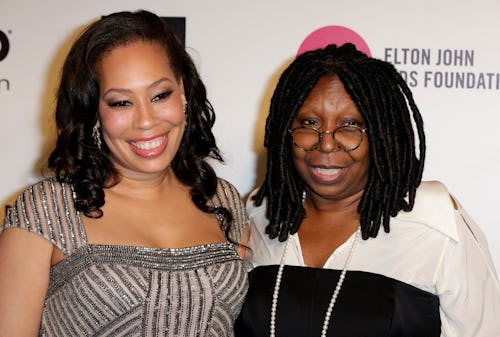
The View talk show host was diagnosed with endometriosis over 40 years ago, according to Healthline. Fortunately, considering that Black women less likely to be diagnosed with the condition, she was able to find a doctor who could properly treat her.
Today, the 65-year-old actress and comedian is an advocate for #endowarriors and uses her platform to raise awareness. In 2009, at the Endometriosis Foundation’s Blossom Ball, Goldberg told the audience "there is nothing dirty" about endometriosis. "No religious group is going to be pissed if you discuss this," Goldberg, who has a 47-year-old daughter and three grandchildren, said at the time. "Because if you don’t discuss it, many more women are going to find themselves unable to have children, or find themselves close to dying because [the disease has] led to something else."
As a result of her experience, she created Whoopi & Maya, a line of cannabis products designed to relieve menstrual pain and symptoms that has since been discontinued
Amy Schumer
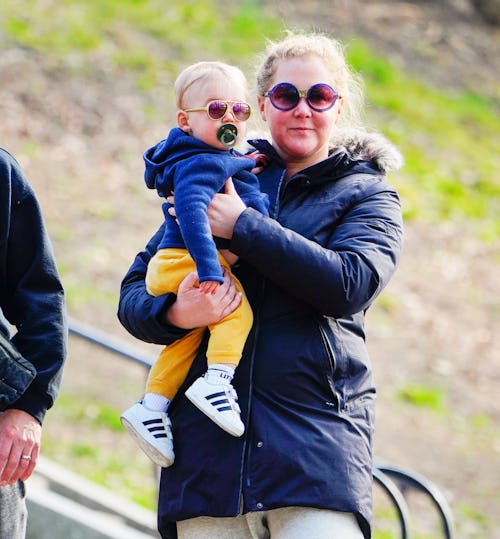
During a 2019 interview on Dr. Berlin’s Informed Pregnancy podcast, the Trainwreck actress and comedian opened up about her challenges with endometriosis and her pregnancy difficulties. Schumer said that, as a result of endometriosis, she had to have a three-hour C-section and IV fluids to deliver her son, Gene, in May of that year.
The 39-year-old also dealt with hyperemesis gravidarum, a severe form of morning sickness that causes vomiting and nausea. But despite it all, she said it was still the "best year" of her life. These days, Schumer and her husband, Chris Fischer, seemingly have their hands full with a toddler who’s about to turn 2.
Gabrielle Union-Wade
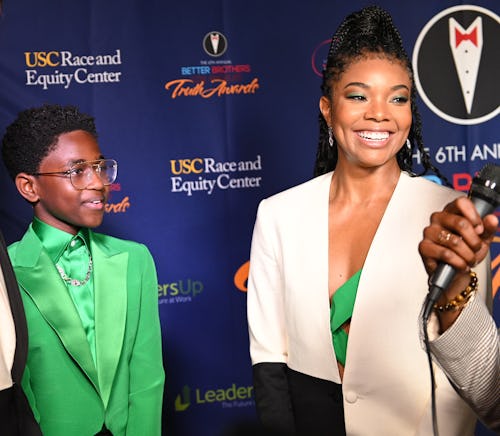
In 2018, the actress and author revealed she suffered from adenomyosis, a form of endometriosis that strictly affects the uterus. It occurs when endometrial tissue that normally lines the uterus, grows into the muscular wall of the uterus, as the Mayo Clinic explains.
In a 2014 sit-down interview on Dr. Oz, Union-Wade shared the condition was undoubtedly the cause of her "eight or nine miscarriages" with her husband, Dwyane Wade. "Fertility is not an older women's issue. It’s an issue, period," she told Dr. Oz at the time.
On Nov. 7, 2018, the couple's daughter, Kaavia James Union Wade, was born via surrogate. Kaavia is Union-Wade's first child. The 48-year-old actress is also a co-parent to Wade's daughter, Zaya, and his two sons, Zion, and Xavier.
Padma Lakshmi

Bravo TV’s Top Chef host told WebMD in a 2018 interview that she started experiencing cramps from endometriosis as young as 13 years old. Lakshmi took birth control and painkillers to try to alleviate the headaches and nausea from the condition, but it only made it worse, she shared with the outlet. It took 23 years and an ovarian cyst removal surgery for Lakshmi to finally get a proper diagnosis from Dr. Tamer Seckin. “Dr. Seckin was the first one to really give it a name,” she told WebMD. “He didn’t think I was crazy — he listened to me.”
In 2009, Lakshmi co-founded Endometriosis Foundation of America with Dr. Seckin, which is an organization committed to increasing "disease recognition, provide advocacy, facilitate expert surgical training, and fund landmark endometriosis research." That same year she froze her eggs as a result of her condition. A year later, in 2010, she gave birth to her daughter, Krishna, who’s now 11.
Jaime King

In an interview with Glamour, the 41-year-old actress and model shared that she went to nine doctors about her symptoms before a physician finally diagnosed her with endometriosis. Before then, she described her growth into young womanhood as "not joyful" and shared that she was "very much celibate" because of the pain her endometriosis symptoms caused during sex. But once she was diagnosed, that's when her healing began.
"What's great now is that if you go on Instagram, people can share and exchange their stories," she told Glamour, "and to have a community around you that you can relate to is truly one of the most valuable things in the world. King welcomed her first child, her son James, with her husband Kyle Newman in 2013. She gave birth to her second chid, a son named Leo, in 2015.
If you or someone you know is suffering from endometriosis or believes they have symptoms from it, remember you are not alone.



